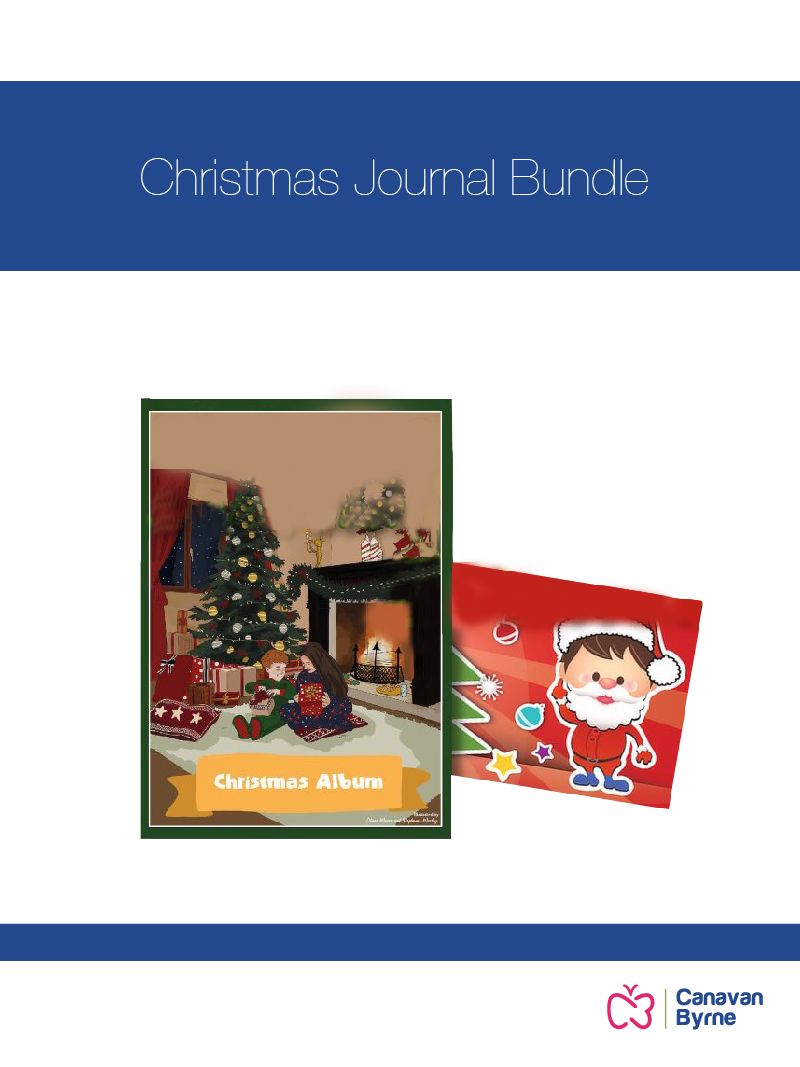A great way to learn more about animals and their ways is to explore hibernation with young children. Many animals are currently preparing for the winter months, filling up on food and preparing beds that they will hibernate in for days, weeks or months depending on the species.
Hibernation is a way for many animals to survive the cold and dark winter, without having to forage for food or migrate to somewhere warmer for the winter period. This is done by the animal reducing its metabolic rate whereby breathing slows down and heart rates and body temperatures drop dramatically. Small mammals such as dormice, hamsters, hedgehogs and bats all hibernate as well as many insects, amphibians and reptiles.
The Aistear Theme, Exploring and Thinking Aim 1 states that
'Children will learn about and make sense of the world around them' and Learning Goal 4 states that, 'In partnership with the adult, children will learn about the natural environment and its features, materials, animals, and plants, and their own responsibility as carers'
The theme 'hibernation' extends young children's knowledge of their world. They learn about the animals who live around them, the materials they use to build their hibernation dens, the food they eat to survive winter and the changes that the winter season brings. It will build on children's natural curiosity and also help them to understand the meaning of cause and effect (for example, if the animals don’t bulk up on food in Autumn what effect will it have on them in Winter). Below are some activity ideas that you can use for your children's emerging interests around the theme of hibernation.
Hibernation Station
Before this activity, you could read a book on hibernation to the children (‘Time to Sleep’ by Denise Fleming or ‘Baby Bear is not Hibernating’ by Lynn Plourde are good examples). This gives the children the opportunity to learn more about hibernation and also the chance to discuss ideas for the activity. Ask the children to bring in one stuffed animal each from home such as a bear, hedgehog, squirrel, skunk, turtle, snake or mouse. Gather some leaves, grass, cones, cotton balls, paint etc. and a cardboard and/or egg carton box for each child (they could also bring them in from home). Ask the children where they think their animal would sleep in winter. Talk about all the places animals can hibernate in - turtles under mud, squirrels in tree trunks, snakes in mud pits, bears in caves, etc. Ask the children if they can make a ‘den’ for their stuffed animal with the materials provided. When all the children have made their dens a ‘Hibernation Station’ can be created. This can be a table in an area of the room that can be used to display all of the childrens’ dens with their stuffed animals hibernating inside.
Bears Hibernation Den
If you have space beside the Hibernation Station, the children could build their very own den. This gives the children the opportunity to imagine what it would be like for the hibernating animals by exploring their own den. You can use a large cardboard box for the cave and then start a discussion with the children as to what is required to make it into a bears hibernation den. Have some blankets and cushions to use for the inside. An old white sheet or large sheets of white paper could be used for a snowy effect around the outside of the den. Have some natural materials such as twigs and leaves to decorate around the den. This activity encourages the children to be involved in a project of their own that they can show to their own parents and visitors to their classroom.
For more activity ideas you can purchase our Hibernation pack on The Early Years Shop. You can also become a member of The Early Years Resource Factory for a small monthly fee, where you can access a growing library of curriculum plans and activities for all age groups.
Related products for Teaching Children about Hibernation
-

Christmas Journal Bundle
€20.00 – €52.00Select options This product has multiple variants. The options may be chosen on the product page -

Winter Resource Pack
€8.00 -

Christmas Resource Pack
€20.00




